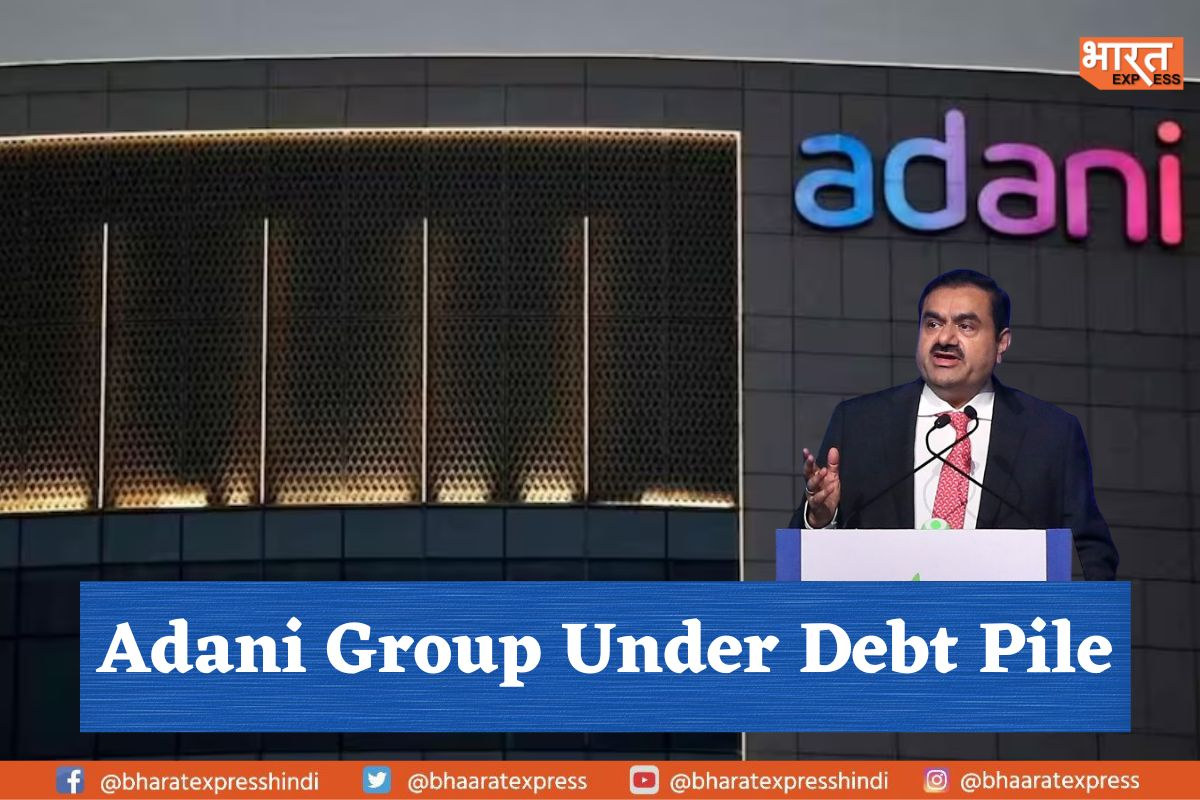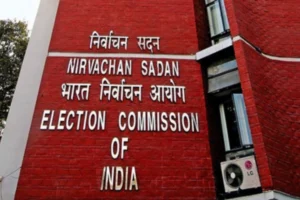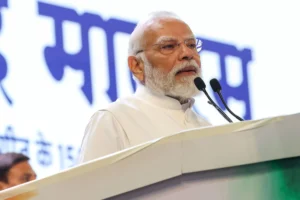
Reference Image
Adani Group’s debt has increased by almost 21% over the past year, according to the data obtained by Bloomberg, providing a current overview of Adani Group’s financial status. Nearly one-third of the debt is now held by global banks, a category that was absent from the group’s list of creditors seven years ago. However, the conglomerate’s ability to repay its debts has also shown improvement, according to information from people familiar with its internal workings and investor presentations.
The evolving financial condition and the alteration in the group’s list of creditors highlights the rapid growth of Gautam Adani’s conglomerate, headquartered in the Indian state of Gujarat, and its international connections, including business ventures in Australia and Israel. However, the group’s global expansion has also attracted increased scrutiny, as seen when US short-seller Hindenburg Research accused it of significant corporate fraud.
Also Read: Russian Deputy PM: India-Russia Discussing Free Trade Agreement to Ensure Investment Security
Adani executives have denied allegations of corporate fraud, met with investors, and repaid debt to regain their trust. However, the company’s stocks and dollar bonds have not completely rebounded from the selloff following the accusations made by Hindenburg Research. As a result, Adani Group may have to pay more to raise funds in the future. Although the group’s debt ratio has improved, two global rating agencies have stated that they will monitor its ability to secure funds closely.
Adani firms have demonstrated an improvement in their capacity to repay debts in recent years. The ratio of net debt to run-rate earnings before interest, tax, depreciation, and amortization (EBITDA) was 3.2 in the 2023 fiscal year, compared to 7.6 as reported by Adani in September 2013. The data is given by Bloomberg.
Adani Group plans to reduce its debt further, and its recent financial performance has been used to calculate its run-rate EBITDA. Concerns about the group’s financial condition arose in 2022, when CreditSights, a research firm, described it as “deeply overleveraged.” However, Adani Group countered by stating that it had reduced its debt burden. As of March 31, the conglomerate’s gross debt at seven primary listed firms had risen by 20.7% to 2.3 trillion rupees ($28 billion), according to insiders. The group has been expanding rapidly since 2019, resulting in steadily increasing borrowings.
Adani Group has scaled back on petrochemicals, aluminum, steel, and road projects following Hindenburg Research’s report in late January. The group is now focusing on its core areas, including ports, power, and green energy, as reported by Bloomberg last month. The data seen by Bloomberg gives a sense of the group’s creditor exposure, with bonds accounting for 39% of the group’s borrowings as of March-end, up from 14% in 2016. However, local borrowings can also be significant, with State Bank of India having an exposure of about 270 billion rupees ($3.3 billion) to the group, according to its chairman’s statement in February.
Also Read: Elon Musk Plans to Launch Truth-Seeking Artificial Intelligence “TruthGPT”
Moreover, Moody’s Investors Service warned the company in February about the risk of a surge in funding costs and refinancing needs amounting to billions of dollars in the next few years.
However, Adani Group’s spokesman told Bloomberg this month that there is no significant refinancing risk, and that near-term liquidity requirements are comfortable because there are no significant debt repayments due in the coming months. Adani’s growth and diversification have resulted in a steadily increasing pile of assets, more than doubling in five years.
To read more such news, download Bharat Express news apps























